The term Endomarketing, also known as internal marketing, has been applied in companies for many years, but perhaps this is the first time you have read about it or have received information about it. If so, do not worry because we will explain what it is and how it helps to improve the working environment of your company. This management process is focused on the internal client, and what it pursues is to motivate, sensitize, and retain employees to improve the company's image internally.
Most companies invest a lot of their time, resources, and money to attract new customers and retain existing ones. However, they almost always forget about one of their most important customers—the internal customer—which causes unfavorable and unproductive work environments.
To avoid this type of environment, it is essential that companies implement internal communication strategies that avoid staff turnover and help to create much more motivated and committed teams. After implementing Endomarketing strategies, the perception of your collaborators will be different, and you will be able to perceive greater loyalty, productivity, and teamwork.
What is the process for developing an Endomarketing plan for the company?
The elaboration process is quite similar to a communication plan; you must analyze it, set objectives, define the strategies and channels that you are going to use, budget, and then follow up to see if you obtained the planned results.
- Internal audit: the first thing is to compile information, search for documents, and interview collaborators and key personnel to later use this data through an analysis of the environment using a SWOT or PESTEL process.
- Achievable objectives: once you have a clear picture of how internal communication is, the work environment, and the level of commitment or tranquility of the workers, you must set yourself objectives that are easy to achieve.
- Strategies to achieve objectives: It is possible that you will find unfavorable information such as a lack of cohesion in the teams, a lack of incentives, or a lack of motivation. That is why it is important that you design strategies that allow you to make a substantive change. These can be a free training plan, scholarships for master's studies, annual incentives, or investing in benefits that can make a difference in their day-to-day working conditions.
- Communication channels: with the new technologies, there are many communication options to reach this internal audience, including corporate blogs, digital magazines, annual conventions, WhatsApp groups, periodic meetings, etc. In other words, any space should be accompanied by real commitments that show the collaborator that the company cares for them.
- Budget: in any planning process, the budget is very important. You should not see this as an expense; on the contrary, it is an investment that the company would be making to have a satisfied internal client that will result in a more productive collaborator.
- Measurement and monitoring: you must prepare a calendar, establish times to execute, and analyze the results derived from the execution of the plan and the strategies designed.
The main advantages of an Endomarketing process are:
- It will generate strong motivation among your collaborators, and at the same time, it will make them feel more connected with your brand or company.
- The company will attract more qualified professionals who will bring creativity and good ideas.
- The clients will be served by a more motivated team, which will help increase sales.
- There will be a reduction in staff turnover because you will have a more loyal team.
- You will have happier, more motivated, and naturally committed workers who will promote their employer among their networks.
Remember, implementing Endomarketing strategies in your company means prioritizing internal communication, providing spaces for your collaborators to provide feedback and new work ideas, and having feedback from their employer on their performance. Above all, it means recognizing the effort they make every day so that the operation of the company is the most adequate.
If you have not yet made a change in the way you handle communication with your internal client, we encourage you to develop this business culture that puts the collaborator first, which makes it possible for each person within a company and organization to achieve professional development. optimal, which promotes healthy leadership, aims for innovation, and seeks to create a healthy work environment for everyone.
Types of analysis for the environment
SWOT (weaknesses, threats, strengths, and opportunities)
PESTEL (political, economic, social, technological, ecological, and legal)

















